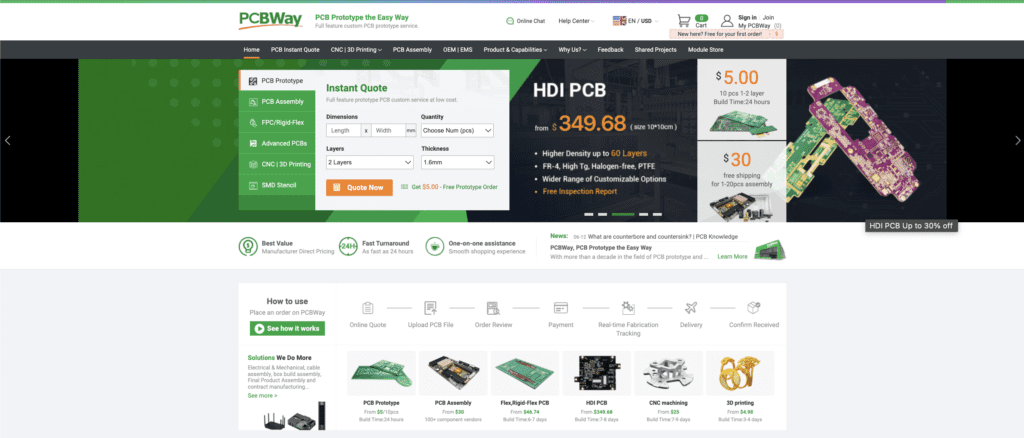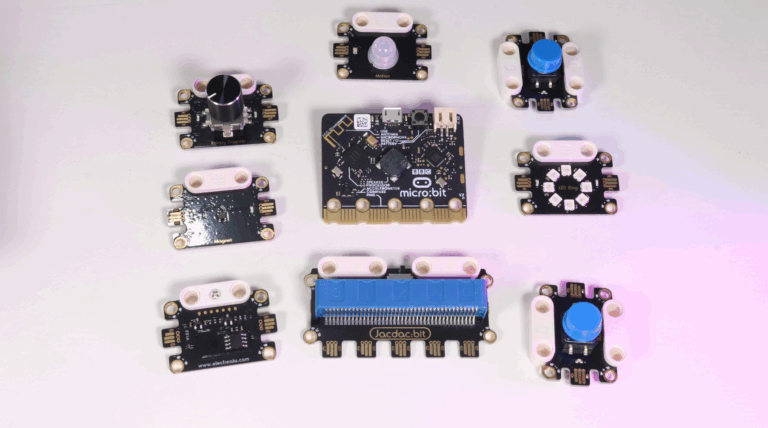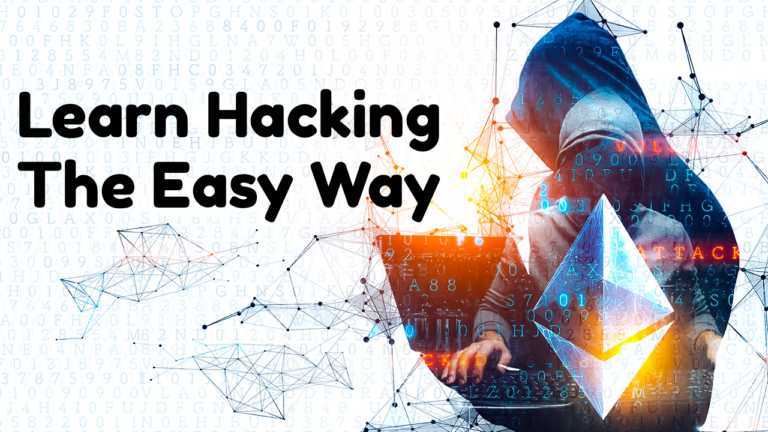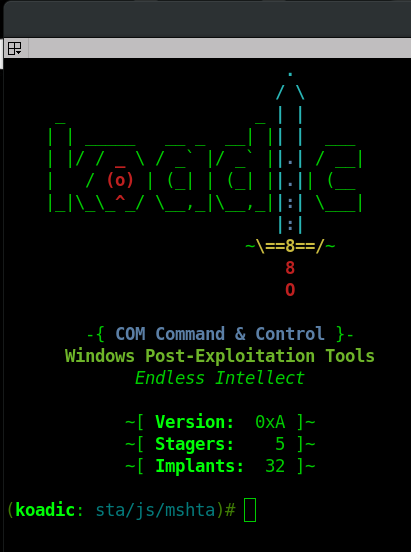The Importance of Cybersecurity in Electronics: A Comprehensive Guide
In our increasingly digital world, the importance of cybersecurity in electronics cannot be overstated. From smartphones and computers to IoT devices and critical infrastructure, the scope of electronic devices that need protection from cyber threats is vast and ever-growing. As a cybersecurity expert, I aim to shed light on the current challenges, emerging threats, and essential security measures necessary to safeguard our electronic systems.

Understanding Cybersecurity in Electronics
Cybersecurity in electronics involves protecting electronic devices and systems from cyber threats. This extends beyond traditional computing devices like PCs and smartphones to include a wide array of connected technologies such as IoT devices, industrial control systems, and more. The goal is to ensure the confidentiality, integrity, and availability of data and services, safeguarding them from unauthorized access, damage, or disruption.
The landscape of cybersecurity in electronics is complex and dynamic, marked by constantly evolving threats and the need for ongoing vigilance and adaptation. As we continue to integrate electronic devices into every aspect of our lives, from personal communication to critical infrastructure, the stakes have never been higher.
Types of Cyber Threats in Electronics
One of the primary challenges in cybersecurity is the diverse range of threats that electronic systems face. Malware, including viruses, worms, and ransomware, represents a significant category of cyber threats. Ransomware, for instance, locks users out of their data until a ransom is paid, often causing substantial disruption and financial loss.
Phishing and social engineering attacks are also prevalent, where attackers trick individuals into revealing personal information through fake emails, websites, or messages. These attacks exploit human psychology and trust, making them particularly effective and dangerous.
Man-in-the-middle attacks involve hackers intercepting and potentially altering the communication between two parties without their knowledge. This type of attack can compromise the integrity of sensitive data being transmitted, such as financial transactions or personal information.
Denial of Service (DoS) and Distributed Denial of Service (DDoS) attacks overwhelm a device or network with traffic, rendering it unavailable. DDoS attacks, in particular, use multiple sources to amplify the effect, making it harder to stop and causing widespread disruption.
Firmware and hardware vulnerabilities present another significant risk. Exploiting flaws in a device’s firmware or hardware can give attackers control over the device or access to sensitive information, often without the user’s knowledge.
The Impact of Cyber Threats
The repercussions of cyber threats are far-reaching and can be devastating. Data breaches, where unauthorized access to sensitive information occurs, raise significant privacy concerns. Personal data, financial information, and intellectual property can be exposed, leading to identity theft, financial fraud, and loss of competitive advantage.
Financial losses from cyber attacks can be staggering. Companies and individuals can suffer direct financial damage from ransom payments, theft, and fraud, as well as indirect costs from recovery efforts, legal fees, and fines for non-compliance with data protection regulations.
Operational downtime caused by cyber attacks can disrupt essential services and business operations. For instance, a DDoS attack on an e-commerce platform can result in lost sales and damage to the company’s reputation. Similarly, attacks on critical infrastructure, such as healthcare systems or transportation networks, can pose serious safety risks and endanger lives.
Essential Security Measures
To mitigate these threats, several key security measures should be implemented. Encryption is a fundamental technique that protects data by converting it into a code that can only be read by authorized parties. This ensures that even if data is intercepted, it remains inaccessible to unauthorized users.
Multi-Factor Authentication (MFA) will give a great level of security by requiring multiple forms of verification before granting access. This can include something the user knows (a password), something they have (a smartphone), and something they are (fingerprint or facial recognition).

It is crucial to update software and firmware for maintaining security. These updates often include patches for newly discovered vulnerabilities, protecting devices from the latest threats. Failing to keep software and firmware up to date leaves devices exposed to known exploits.
Intrusion Detection and Prevention Systems (IDPS) monitor networks and systems for malicious activity and can take action to prevent or mitigate attacks. These systems are essential for detecting and responding to threats in real-time, minimizing potential damage.
Conducting regular security audits and penetration testing helps identify and fix vulnerabilities in electronic systems before attackers can exploit them. These proactive measures ensure that security defenses are robust and up-to-date.
Emerging Technologies and Solutions
The future of cybersecurity in electronics is being shaped by several emerging technologies. Quantum cryptography, for example, leverages the principles of quantum mechanics to create secure communication channels that are theoretically immune to hacking. This technology promises to revolutionize secure communications in the coming years.
Blockchain technology provides a secure and transparent way to conduct transactions, making it difficult for hackers to alter records. By decentralizing the storage of transaction data, blockchain enhances security and trust in digital transactions.
Artificial Intelligence (AI) and Machine Learning (ML) are increasingly being used in threat detection and response. These technologies can analyze vast amounts of data to identify patterns and anomalies that may indicate a cyber threat. AI and ML can also automate responses to detected threats, reducing the time it takes to mitigate attacks.
The Zero Trust Architecture assumes that threats can come from both inside and outside the network and requires strict verification for access to any resources. This approach enhances security by eliminating the assumption of trust based on network location.
Hardware-based security solutions, such as Trusted Platform Modules (TPMs), provide robust protection by securely storing encryption keys and other sensitive data. These hardware modules are resistant to tampering and offer a higher level of security than software-based solutions alone.
Navigating the Regulatory and Compliance Landscape
Compliance with regulations and standards is critical in the field of cybersecurity. Key regulations, such as the General Data Protection Regulation (GDPR) and the California Consumer Privacy Act (CCPA), set stringent standards for data protection and privacy. Organizations must adhere to these regulations to avoid hefty fines and legal repercussions.
Industry standards and best practices, such as those outlined in ISO/IEC 27001, provide guidelines for establishing and maintaining effective cybersecurity practices. These standards help organizations implement comprehensive security measures and continuously improve their defenses.
Governments and regulatory bodies play a crucial role in setting cybersecurity policies and enforcing compliance. They also promote best practices and provide resources and support for organizations to enhance their cybersecurity posture.
Future Trends and Predictions
The cybersecurity landscape is ever-changing, and staying ahead requires vigilance and innovation. With the advancement of technology, cyber attacks are also being modified. New vulnerabilities will emerge, and the tactics used by cybercriminals will become more sophisticated.
Advancements in cybersecurity technologies, such as quantum computing and AI, will continue to shape the future of cybersecurity. These technologies offer new ways to protect electronic systems and data, but they also present new challenges and risks that must be addressed.

The increasing complexity of cyber threats underscores the need for comprehensive education and training in cybersecurity. As cyber threats become more sophisticated, the demand for skilled cybersecurity professionals will grow. Continuous learning and professional development will be essential for staying current with the latest threats and defense strategies.
Effective cybersecurity requires collaboration and information sharing between governments, industries, and security experts. By working together, stakeholders can develop more robust defenses and respond more effectively to cyber threats.
PCBWay
For all you electronics enthusiasts and DIY project makers out there, PCBWay is like a playground for your wildest circuit dreams! Whether you’re just dipping your toes into the world of electronics or you’re a seasoned maker looking for a reliable partner in PCB (Printed Circuit Board) production, PCBWay offers a robust platform to bring your innovative designs to life. They not only provide high-quality custom PCBs but also offer PCB assembly services, ensuring that even the most complex components of your project are professionally handled from start to finish.

What truly sets PCBWay apart is their community-focused approach. They’re not just about manufacturing; they’re about supporting and nurturing the creative process of each maker. With an active forum and blog, PCBWay provides a space where you can share your project ideas, get feedback from other enthusiasts, and learn new tricks to refine your design. This platform is an ideal resource for anyone looking to push the boundaries of their DIY projects, offering both the tools and the community needed to innovate and excel. Whether you need technical support, inspiration, or just a place to connect with like-minded individuals, PCBWay has you covered.
PCBWay 10th Anniversary
PCBWay, is celebrating its 10th anniversary, marking a decade of innovation and service to the electronics community. Renowned for their high-quality PCB prototypes and assembly services, PCBWay has become a trusted partner for hobbyists, engineers, and designers. Their commitment to affordability, precision, and rapid turnaround has made them a go-to resource for projects ranging from simple DIY kits to complex industrial applications. As they celebrate this milestone, PCBWay continues to support and inspire electronics enthusiasts worldwide, fostering a vibrant community of creativity and technological advancement.

Conclusion
Cybersecurity in electronics is an ongoing battle that requires constant vigilance and innovation. As cyber threats evolve, so must our defenses. By implementing robust security measures, staying informed about emerging technologies, and learning from past incidents, we can better protect our electronic systems and ensure their reliability and security.
As a cybersecurity expert, I urge everyone to take an active role in this endeavor. Whether you are an individual, a business owner, or a policymaker, you have a part to play in enhancing cybersecurity. Together, we can build a safer digital future and protect the electronic systems that are integral to our daily lives.





